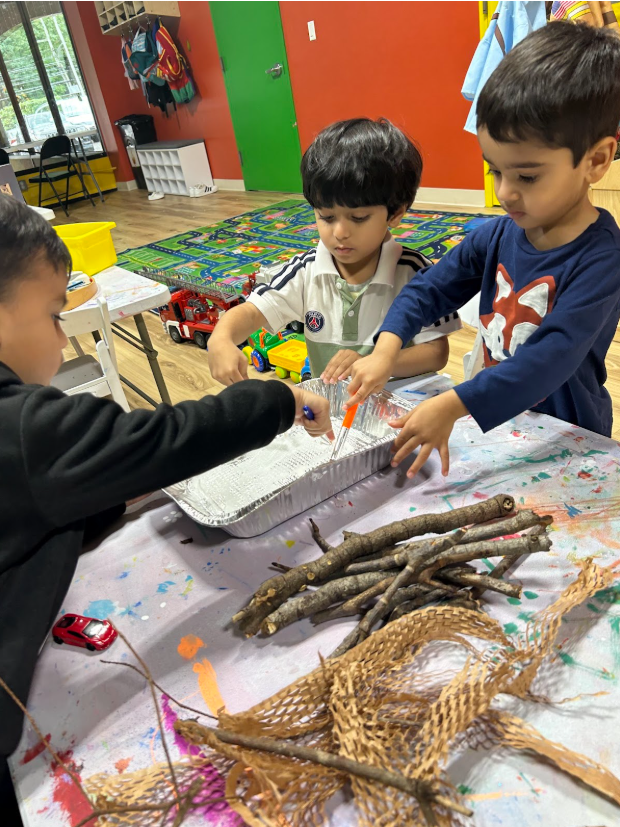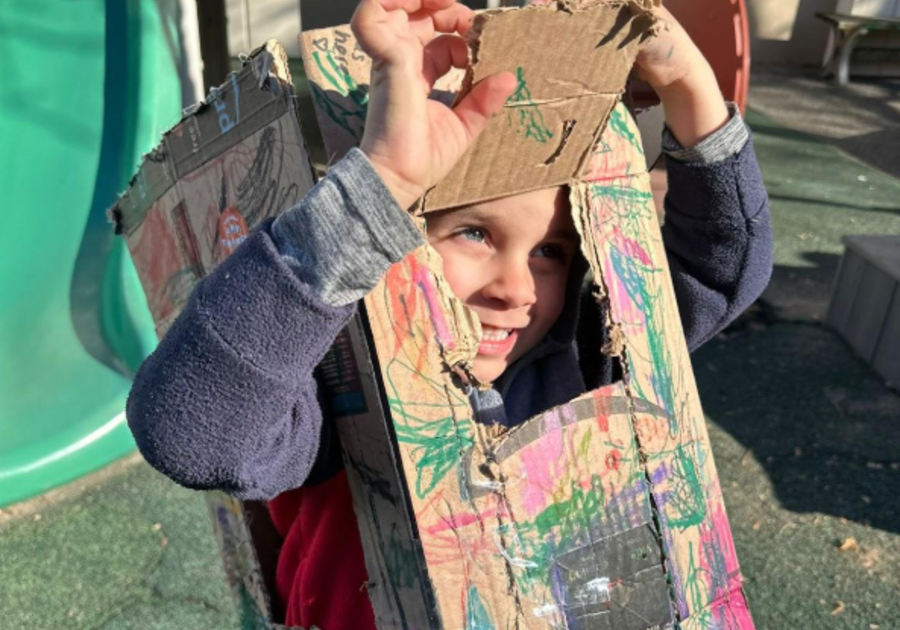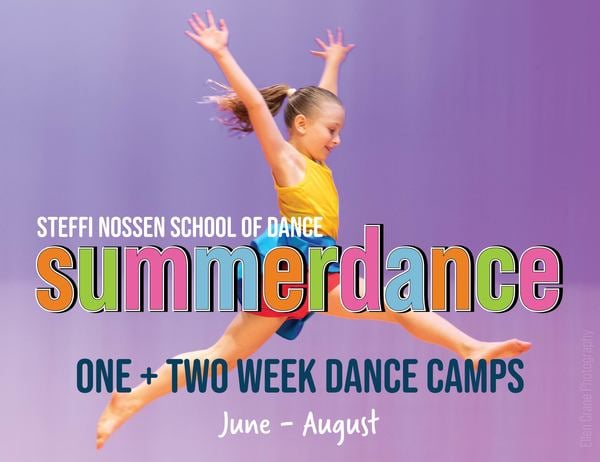Winter is here and we are looking ahead to the many cold days ahead of us with children at home who are active and need to be busy constantly. We are here to help you figure out some fun ways of teaching and engaging them that you can start together, and they can build off of independently while at home.
At The Indy Lab’s Preschool and Parenting Center, our teaching method is called The Indy Lab Method which uses a combination of Playful Learning techniques to teach young children along with other strategies. In this article, we will be covering what Playful Learning is and why we think it is a critical approach to teaching our children at school and at home.
Sign up for our e-mail list, and we will share our first Playful Learning downloadable with you! In these downloadables, we will share a specific project we did at school using The Indy Lab Method and teach you how to do it at home.
Playful Learning is using the essence of play to learn, but through a combination of independent play alongside guided play. It is not a question that children need a play-based approach when learning, and while most of that learning should be child-led, there is a time and a place for there to be guided play too.
Guided Play is when the grown-up playing alongside the child, inserts facts and information about the topic presented. Every project that we consider to discuss relates to a real-life topic like the weather, earth formations, reptiles, vegetation and growth, water, etc. There is so much good information about our world to learn, and children are eager to learn it! As you engage in a topic, it is easy to tell when children are interested in that topic and want to dive deeper or if they want to move on. There is no need to pressure the topics that they are not interested in. When they do find a topic of interest, they will be curious, ask questions and look for more information. A combination of using related toys, books and projects can help them to learn more about the topic. These are the moments for connection and building knowledge that are important and what we call “guided play.” Learning does not take place at a desk and with a workbook for young children; it takes place in the setting of fun and joy when connecting with a loved one.

So, how to do it?
Here’s our breakdown:
- Pick a topic of interest that is relevant and something they can see, touch or imagine easily (we call this the background topic).
- Some suggestions:
- Food (e..g, learning about ingredients)
- Homes (e.g., apartments, homes, dwellings - how people live)
- Water (e.g., learning about the water cycle)
- Nocturnal Animals (e.g., learning that some animals are asleep during the day is funny!)
- Some suggestions:
- Pick your project: Consider materials that you have in your home to make a project. Maybe you decide to talk about how different people live and look up some images. Then, you can build homes out of play dough, clay, cardboard boxes or whatever recyclable materials there are at home. Let children clean the recyclable materials on their own to “prep” their project, and have them use liquid glue in a cup with a paintbrush to glue pieces on it. These projects can last 1 day or many weeks, depending on what they are working on. As they make progress, you can insert some more details or facts about the topic to encourage them to add more to their piece. For example, apartments need fire escapes! How do we build that?
- Project ideas:
- Food: make your own bird feeder and bird food out of different kinds of seeds
- Homes: Make different kinds of dwellings out of shoeboxes, cardboard boxes, tree bark and leaves or aluminum. Discuss what materials make homes strong and what your own home may be made out of. Go outside and check it out! Do some research and test out those materials!
- Water: Teach your child how to freeze water using an ice cube tray first, and then freeze a small toy inside of the ice cube. Talk about the different stages of water and see what tools they use to try to free their toy! Show them what happens to water when you make tea and boil it, or steam food.
- Project ideas:
Thinking about play can be hard for many parents. If you consider presenting a specific topic and using elements of free and guided play, it may become easier for you to follow your child’s lead as you insert information and details throughout your conversation. Head to the library and pick books that relate to your topic. Display them around your playroom so that your child browses through them at their own leisure to enhance the learning experience!
Playful Learning requires flexibility on our end to not dominate the conversation, or try to lead too much. As long as your child continues to stay curious and ask questions, keep the topic going! Add elements of music, dance and silliness. Allow children to reject a topic (for now) and adapt to make changes to their project. Whatever you make may turn into an imaginary world soon, which is perfectly fine too!








